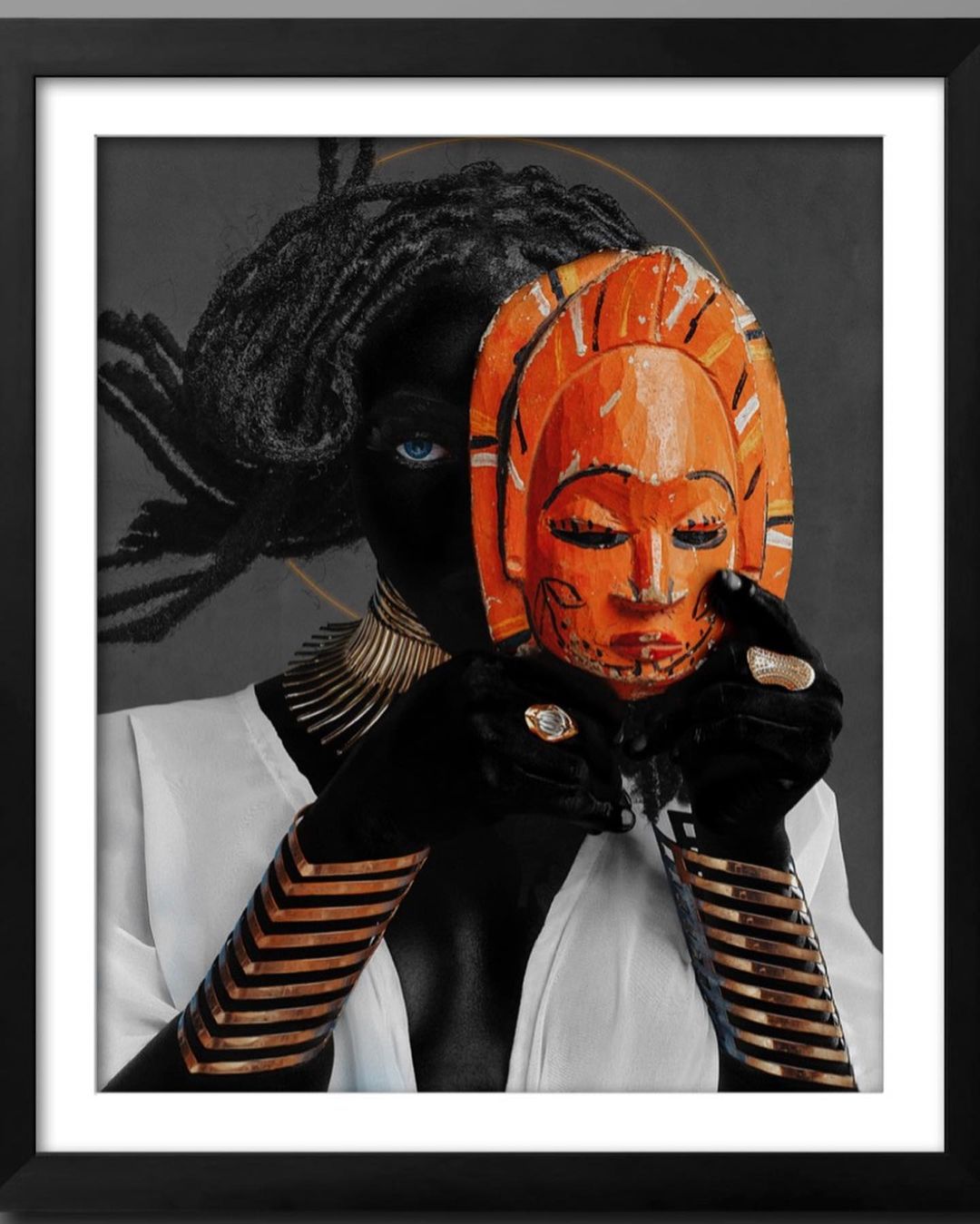The ability of art to serve as a tool for learning truth has been suggested as one of its purported purposes. Even higher knowledge than humans are capable of acquiring can be found through art, a kind of knowledge that cannot be attained by any other means. As an artist, what you feel, your predilection, the mystical creative effort that births your art ends up presenting a certain “truth”, or a multipotentiality of truth.
Knowing that something is true is knowledge in its most common sense, which is expressed as a proposition. So, it is knowledge that the sun is rising as seen through sensory perception. Is knowledge gained by familiarity with works of art obtained in this similar sense?
Indubitably, there are some claims/propositions (statements) that may be made about works of art that were previously impossible. For instance, the performance of Beethoven’s 9th Symphony lasted 74 minutes, this photograph predominates in red, and this painting dates to around the 18th century. Is there anything that may be classified as truth or knowledge—knowledge, presumably, of truths or true propositions—that can be found in works of art?
Unlike taking a position for or against a cause in life, appreciating art does not need a yes or no response to questions. It merely demands that the audience examine, understand, and experience the feelings and attitudes associated with the worldview that is offered as thoroughly and richly as possible. Philosophers and scientists, with their quest for the warp and woof of things, are interested in determining whether Ben Enwonwu pieces are the opening up of a third space in art history, whose character and parameters are at odds with art history’s restrictive narratives of modernity and its inscription of the modern artist-subject as a white, male Western European; art lovers are merely interested in capturing the appropriate emotion for the corresponding worldview.




